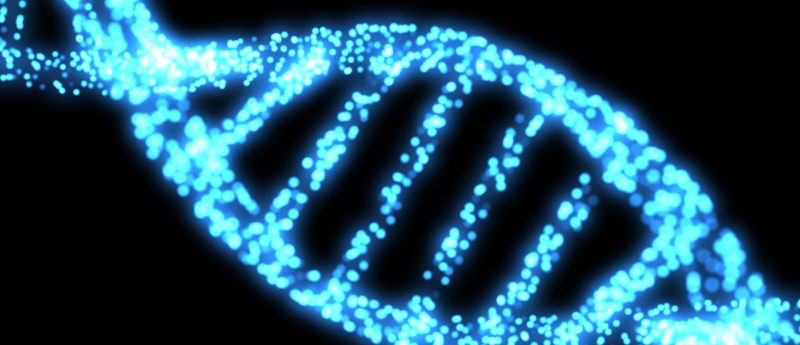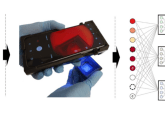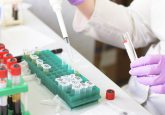DNA barcoding and nanopore sequencing could aid heart disease and cancer testing

A research collaboration between scientists from Imperial College London and Oxford Nanopore Technologies (both UK) has unveiled a new method that could enable dozens of biomarkers to be mapped at once.
Currently, disease diagnosis for conditions such as heart disease and cancer uses a blood test to look for one or two disease-associated biomarkers, such as a protein or small molecule. The new method could analyze dozens of biomarkers of different types at the same time, potentially transforming how clinicians gather information about disease status.
Ben Reilly-O’Donnell, co-first author from the National Heart and Lung Institute at Imperial, commented:
“The ability to monitor different types of molecules at the same time, in the same sample, offers a distinct advantage over traditional analysis methods.”
The proof-of-concept study, published in Nature Nanotechnology, demonstrates how the new method was able to detect 40 different types of miRNA molecules, which could act as a new class of biomarkers for heart failure. The research team explained how simultaneous examination of proteins from the same clinical sample could provide more comprehensive data for diagnosis.
“There are many different ways you can arrive at heart failure, but our test will hopefully provide a low-cost and rapid way to find this out and help guide treatment options. This kind of result is possible with less than a millilitre of blood. It’s also a very adaptable method so that by changing the target biomarkers it could be used to detect the characteristics of diseases including cancer and neurodegenerative conditions,” explained Caroline Koch, co-first author from the Department of Chemistry at Imperial.
The new method works by mixing DNA barcodes with the blood sample. The barcodes are small tags made of short DNA sequences, each encoding a unique probe designed to attach to a different biomarker. The mixed solution is then injected into the MinION – a handheld device developed by Oxford Nanopore. The device holds a flow cell containing an array of nanopore channels, which are able to read the electrical signature from each DNA barcode that passes through. The electrical signal is then interpreted by machine learning algorithms to identify the type and concentration of each biomarker present.
Lead researcher Joshua Edel from the Department of Chemistry at Imperial, noted:
“Working with Oxford Nanopore Technologies, we have been able to take their existing platform and innovate how it can be used, with the addition of DNA barcodes and machine learning to understand the results.”
In the future, the team plans to work with clinical samples from heart failure patients to validate the results and even help clinicians to establish individual patient baselines for common blood biomarkers. It is hoped the method could be used to speed up diagnosis, firstly by measuring more biomarkers in a single sample, but secondly by discovering new biomarkers, helping clinicians provide more precise diagnosis.
Sources: Koch C, Reilly-O’Donnell B, Gutierrez R et al. Nanopore sequencing of DNA-barcoded probes for highly multiplexed detection of microRNA, proteins and small biomarkers. Nat. Nanotechnol. Doi:10.1038/s41565-023-01479 (2023) (Epub ahead of print).




